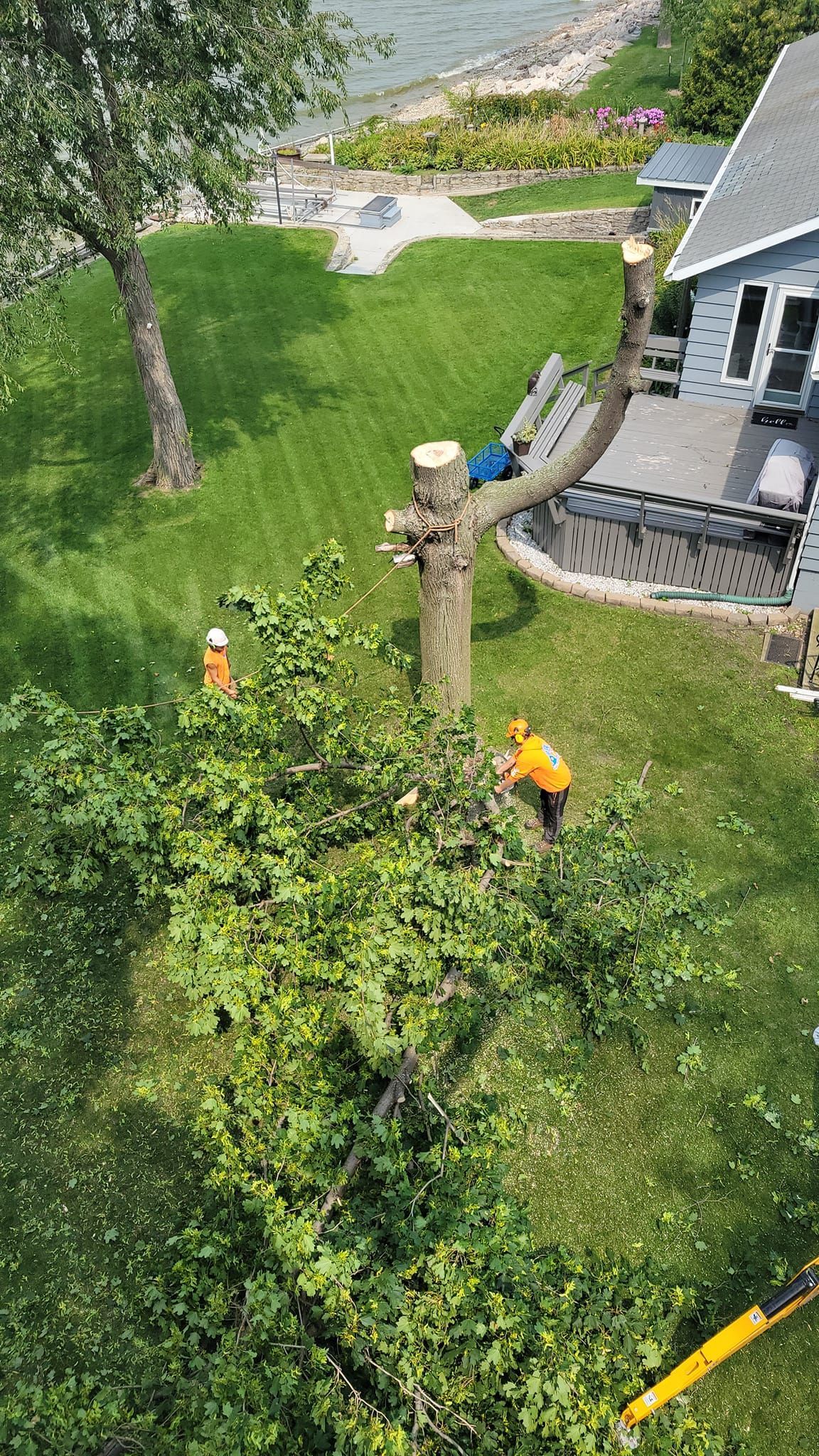Trees and the Air We Breathe
- In one year, an acre of trees can absorb as much carbon as is produced by a car driven up to 8700 miles!
- Trees provide shade and shelter, reducing yearly heating and cooling costs by 2.1 billion dollars!
- Trees lower air temperature by evaporating water in their leaves.
Economic and Environmental Benefits
- Trees cut down noise pollution by acting as sound barriers.
- Tree roots stabilize the soil and prevent erosion.
- Trees improve water quality by slowing and filtering rain water as well as protecting aquifers and watersheds.
Tree Longevity and Carbon Storage
- A tree reaches peak carbon storage after about 10 years.
- The death of a 70-year-old tree releases over three tons of carbon back into the atmosphere.
- Trees are among the longest-living organisms on Earth, with some, like "Methuselah" in California, living over 4,768 years.
Tree Anatomy and Function
- Trees are the longest-living organisms on Earth!
- The inside of a tree is made of phloem, cambium, and xylem.
- The xylem of a tree carries water from the roots to the leaves.
- Trees stabilize soil, prevent erosion, and improve water quality by slowing and filtering rainwater, protecting aquifers and watersheds.
Unique Tree Facts
- The General Sherman redwood sequoia in California is the tallest softwood tree, reaching about 275 feet high with a girth of 25 feet.
- "Dendrochronology" is the science of determining a tree's age by counting its rings.
- The smallest woody plant is the Dwarf Willow, standing only 6 centimeters tall.
- One tree produces nearly 260 pounds of oxygen each year!
- The amount of oxygen produced by an acre of trees per year equals the amount consumed by 18 people annually!
Trees Beyond Earth
- Moon trees grew from seeds taken to the moon by Stuart Roosa during the Apollo 14 mission in 1971.
- The seeds orbited the moon and were studied to see if their growth differed from Earth's seeds.













